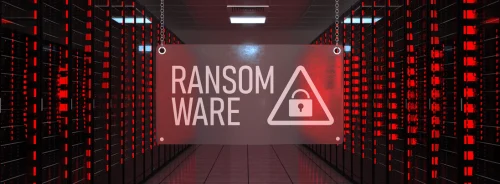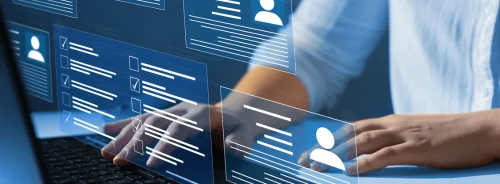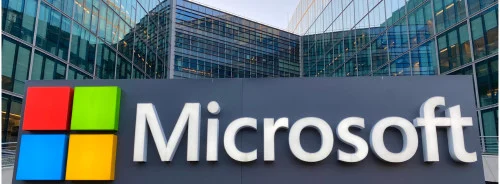HealthManagement, Volume 4 / Issue 4 / 2009
Paolo Zanaboni,
Politecnico di Milano,
Department of Management,
Economics and
Industrial Engineering.
Cardiovascular illness is the leading cause of mortality due to chronic diseases. In 2005, it accounted for over 17 million out of 35 million deaths worldwide, according to the World Health Organisation. In spite of the high economic burden that ensues, the global response by public health is not always appropriate.
In this context, telemedicine (the use of IT to exchange health information and provide healthcare services across geographic, time, social, and cultural barriers), represents a good solution for the management of patients with cardiac problems. Telecardiology, in fact, guarantees a correct continuity of care and the creation of integrated networks between acute hospitals and primary care, with a more rational and quicker management of patients, also at home. Additionally, telemedicine is particularly implemented where geographical barriers avoid the equity of access to health services for all the citizens.
Italy, for example, is characterised by a high population density (approximately 200 inhabitants/km2). However, it is rich in isolated, rural areas (especially in mountain communities and islands) which suffer from a scarcity of healthcare resources.
Telecardiology Applications In Italy
Italy has had experience in telemedicine applications across the country since the late 1990s. The most widespread telemedicine services include telemonitoring of people with chronic conditions and teleconsultation for specific cardiac events. In particular, the main applications cover the following areas: telemonitoring of patients affected by chronic heart failure or hypertension, patients implanted with cardiac devices, teleconsultation for General Practitioners and for Emergency. A brief description of recent studies in the above areas is provided below.
Chronic Heart Failure (CHF)
After a cardiovascular related hospital discharge, patients can be followed through a telemedicine programme. This model implies use of a portable device for the ECG execution and subsequent transfer, by an analog or mobile telephone, to a Call Center which stores it and keeps in contact patients with hospital nurses and cardiologists. Hospital staff are responsible for the clinical management of patients, providing consultations or nursing triage, whereas the Call Centre provides technological and organisational support and, if requested, offers clinical support 24 h/day, 365 days/year. All patient data is stored on a web-server, allowing general practitioners to stay informed and support future investigations.
Hypertension
Self blood pressure (BP) monitoring has been acknowledged to have an essential role in the prevention and treatment of hypertension, with benefits both for clinical outcomes and for therapy optimisation. Inadequate BP control could be due to incorrect management of patients. The usual model for managing patients with hypertension through telemedicine systems implies the adoption of a home BP monitoring device for daily BP measurement and the transmission of results via mobile or analog telephone. Data are then reviewed by physicians, who can communicate the clinical conditions to both patients and GPs, and modify therapy during ambulatory visits (e.g. every three months) based on daily data from the previous period.
Cardiac Devices
The rise in new cardiac implantations leads to a consequent increase in the number of follow-up visits in hospitals for patients implanted with Pace Maker (PM) or Implantable Cardioverter Defibrillator (ICD). Remote monitoring of cardiac devices is an alternative to intermittent visits. It allows early identification of device-related problems and changes in rhythm and symptoms and avoids unnecessary visits. These patients are well known by their specialists who, through the receipt of device data remotely transmitted by patients at home, can quickly and appropriately decide whether the patient needs a visit for device reprogramming, an emergency admission, a change in therapy or nothing, with a consequent optimisation of healthcare resources.
General Practitioners
Teleconsultation to support General Practitioners (GPs) is one of the most diffused applications. It allows for specialised support directly at the GP’s office with a lower use of hospital resources, and also avoids trips by patients to a hospital (especially pertinent for patients in remote and isolated areas, or whose conditions make the trip difficult).
For example, the Telemaco project in Lombardia Region is currently testing a GP teleconsultation service in small mountain communities. Traditionally, this model involves GPs who, provided with a portable electrocardiographer, tele-consult with specialists via a trans-telephone transmission of ECG recordings and a clinical request. The network often involves a Call Center with cardiologists available 24 h/day offering ECG reporting and interactive teleconsultation with GPs.
Emergency
Cardiac emergency management through telemedicine is provided by healthcare networks which involve ambulances, headquarters of 118 Rescue Service and Coronary Care or Cardiology hospital units. Transmission of a patient’s ECG and clinical parameters allows for early and accurate diagnosis and the assessment of risk profile with a consistent reduction in time to treatment and mortality rate.
Conclusion
Cardiology management models supported by telemedicine have demonstrated benefits in terms of better follow-up, support to GPs daily activities, prevention of clinical changes, stimulation of self-management of the illness, improvement of quality of life, reduction of rehospitalisation costs and quicker treatment in cardiac emergencies. Telecardiology in Italy is, however, still at the project stage and the scientific community aims to provide decision makers with further evidence. A preliminary step, for example, consists in an experimental reimbursement provided by Lombardia Region in ongoing projects (e.g. the Nuovi Reti Sanitarie project).





